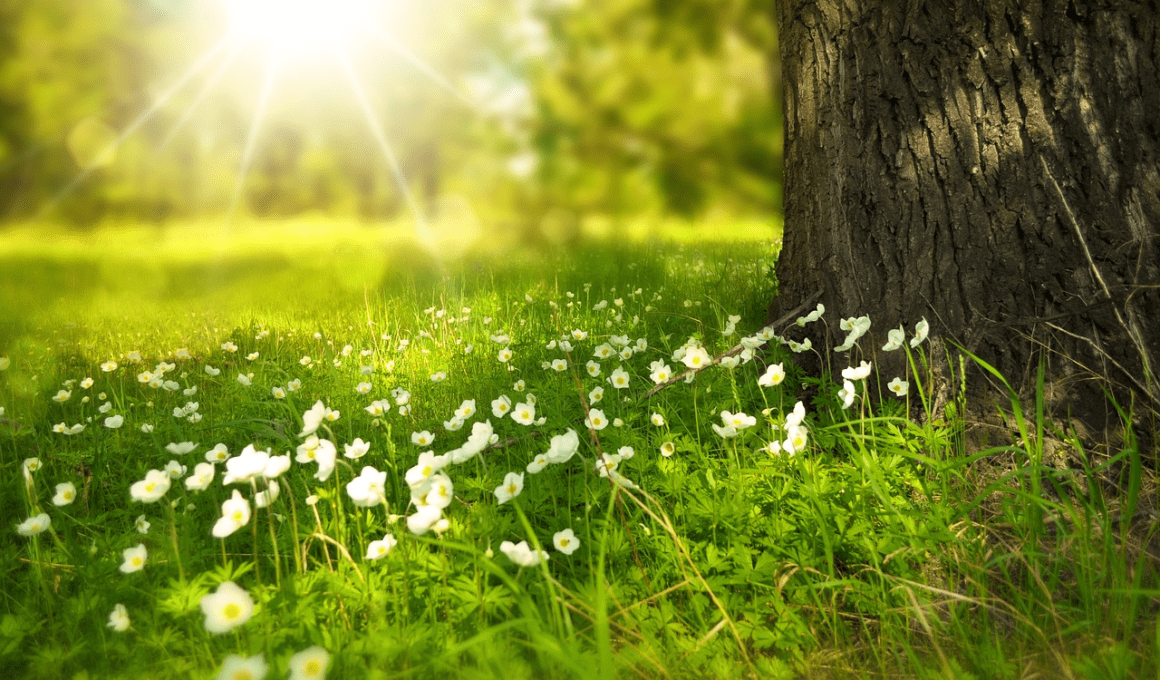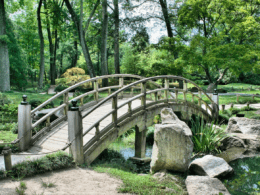Are you tired of looking at your patchy lawn and envying your neighbor’s lush green grass? You’re not alone. Achieving the greenest grass possible is a common goal for many homeowners. However, it can be frustrating when you put in the effort, but your lawn still doesn’t look as vibrant as you want it to.
That’s why we’re here to help you understand the causes of grass color variation and provide tips for achieving the greenest grass possible.
In this article, we’ll explore the various factors that can affect the color of your grass, from fertilization to disease and pets. We’ll also give you expert advice on how to achieve a vibrant green lawn, such as ensuring sufficient nitrogen levels and conducting a soil test.
Additionally, we’ll discuss how to deal with light patches of grass and treat fairy rings. So, if you’re ready to get the greenest grass on the block, keep reading.
Quick Takeaways
- Grass color variation can be caused by fertilization, climate, and watering.
- Insufficient nitrogen can lead to light green grass, while over-fertilizing can cause uneven color.
- Light patches can be caused by insufficient or overwatering.
- Achieving lush green grass requires proper lawn maintenance, fertilization techniques, soil testing, and addressing the root cause of light patches.
Causes of Color Variation
If your grass has different shades of green, there are many factors that could be contributing to it. Fertilization techniques and the effects of climate are two common causes.
Insufficient nitrogen is one of the most common causes of light green grass, as nitrogen boosts chlorophyll and the shade of green. It’s important to conduct a soil test to determine any lacking nutrients before fertilizing. Over-fertilizing can also cause fertilizer burn, which can damage your grass and create uneven color.
Watering can also affect the color of your grass. Insufficient watering can cause light patches, while overwatering can cause fungal growth and create dark spots.
The climate in your area can also play a role in the color of your grass. Hotter and drier climates can cause grass to turn yellow or brown, while cooler and wetter climates can cause it to grow too quickly and become lighter in color.
Understanding these factors can help you adjust your lawn care routine and achieve the vibrant green grass you desire.
Can Using Dish Soap on My Lawn Cause Damage to the Grass?
Using dish soap on your lawn can lead to significant damage to the grass. While dish soap is effective in removing grease and stains from dishes, its high concentration of chemicals can harm the delicate balance of your lawn. These chemicals can disrupt the pH levels of the soil, leading to nutrient deficiencies and root damage. It’s best to avoid using dish soap on your grass and opt for products specifically designed for lawn care. Dish soap and grass damage go hand in hand, so exercise caution to keep your lawn lush and healthy.
Achieving Vibrant Green
To achieve vibrant green grass, you need to make sure that your lawn is receiving enough nitrogen. Nitrogen is essential for boosting the chlorophyll levels in the grass, which, in turn, increases the shade of green.
Insufficient nitrogen is the most common cause of light green grass, so it’s crucial to ensure that your lawn is getting enough of it.
Lawn maintenance is key to achieving lush green grass. One of the most important aspects of lawn maintenance is fertilization techniques. It’s important to fertilize your lawn regularly, but be careful not to over-fertilize as this can cause fertilizer burn.
A soil test can help determine what nutrients your lawn is lacking, and matching seed and topsoil is necessary for patch repairs. By following these tips, you can ensure that your lawn has the necessary nutrients for vibrant green grass.
Dealing with Light Patches
Dealing with light patches in your lawn can be frustrating, but it’s important to identify the root cause before taking action. This can include checking for water issues, such as over or under-watering, evaluating soil conditions to ensure proper drainage and nutrients, and checking for any signs of diseases or pests.
Once you’ve identified the issue, you can take steps to address it. This may involve adjusting your watering schedule, adding nutrients to your soil, or implementing pest control measures. Regular lawn maintenance is essential in preventing and addressing light patches in your grass.
This includes mowing your lawn to the appropriate height, regularly fertilizing and watering, and ensuring proper drainage. Additionally, pest control measures such as using natural predators or implementing organic pest control methods can help prevent damage from insects and other pests.
By taking the necessary steps to maintain a healthy lawn, you can enjoy a vibrant green lawn all season long.
Frequently Asked Questions
Can the color of grass be affected by the amount of sunlight it receives?
Yes, the amount of sunlight affects grass color. Shade reduces photosynthesis, which produces chlorophyll, the pigment that makes grass green. Soil nutrients are important for color too. Ensure your grass gets enough nitrogen to maintain a lush, vibrant hue.
How often should I water my grass to maintain a vibrant green color?
To keep your grass green, water it once or twice a week on an optimal watering schedule. The impact of climate on grass color means you should adjust your watering based on weather conditions.
Are there any natural remedies for treating grass diseases or pests?
If you’re dealing with grass diseases or pests, try natural remedies like neem oil, vinegar, or garlic spray. DIY pest control can also include hand-picking insects or using beneficial nematodes. Keep your yard healthy for a safe and vibrant space.
Can mowing height affect the color and overall health of my grass?
Mowing techniques and grass height do affect the color and health of your grass. Cutting too low can stress the roots and lead to browning, while leaving it too long can block sunlight and hinder growth. Find the sweet spot for a healthy lawn.
Is it possible for grass to be too green? What are the potential risks or downsides of having extremely lush grass?
Having extremely lush green grass may seem like a dream, but there are pros and cons. Maintenance techniques such as over-fertilization can cause fertilizer burn. It’s important to keep a balance and not sacrifice the health of the grass for the sake of appearance.









